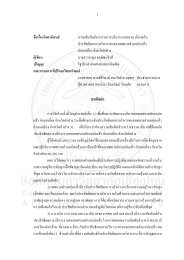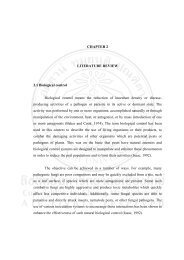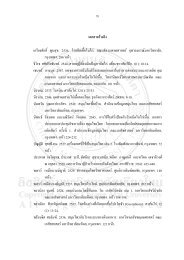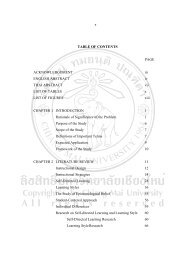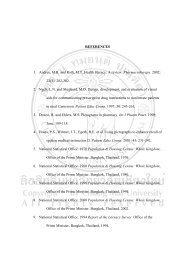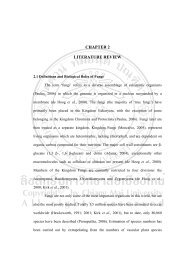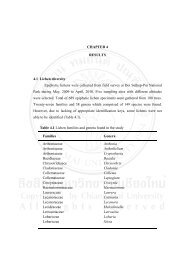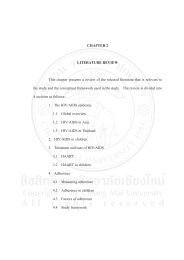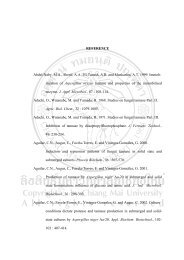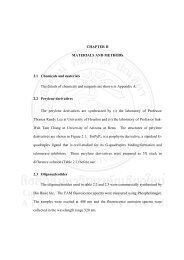prevalence and molecular characteristics of vibrio species in pre ...
prevalence and molecular characteristics of vibrio species in pre ...
prevalence and molecular characteristics of vibrio species in pre ...
Create successful ePaper yourself
Turn your PDF publications into a flip-book with our unique Google optimized e-Paper software.
18<br />
Today export countries must adapt those rules <strong>and</strong> regulations to ma<strong>in</strong>ta<strong>in</strong><br />
trade opportunities. It appears that many countries, especially the poorest may face a<br />
major problem <strong>in</strong> meet<strong>in</strong>g food safety st<strong>and</strong>ards that are obligatory <strong>in</strong> a number <strong>of</strong><br />
import<strong>in</strong>g countries.<br />
2.7 Vibrio<br />
2.7.1 History <strong>and</strong> Morphology<br />
The first Vibrio spp. identified was Vibrio cholera, discovered <strong>in</strong> 1854 by the<br />
Italian physician Filppo Pac<strong>in</strong>i dur<strong>in</strong>g an outbreak <strong>and</strong> subsequent <strong>in</strong>vestigation <strong>in</strong><br />
Florence. Pac<strong>in</strong>i detected V. cholerae <strong>in</strong> all <strong>in</strong>test<strong>in</strong>al mucosal samples <strong>of</strong> fatal<br />
victims. John Snow (1813-1858) studied the epidemiology <strong>of</strong> cholera <strong>in</strong> several cities<br />
<strong>of</strong> Engl<strong>and</strong> <strong>and</strong> found that cholera is s<strong>pre</strong>ad by the contam<strong>in</strong>ated water <strong>and</strong> suggested<br />
pure water for dr<strong>in</strong>k<strong>in</strong>g (Thompson et al., 2004).<br />
Accord<strong>in</strong>g to the Bergey’s Manual (Holt et al., 1994) this bacteria is <strong>in</strong> the<br />
family Vibrionaceae <strong>and</strong> genus Vibrio <strong>and</strong> has <strong>characteristics</strong> <strong>of</strong> straight or curved<br />
rods, (0.5-0.8µm <strong>in</strong> width <strong>and</strong> 1.4-2.6 µm <strong>in</strong> length), motility by one or more polar<br />
flagella, Gram negative, chemoorganotropic, facultative anaerobic, mesophilic,<br />
oxidase positive <strong>and</strong> sensitive to the <strong>vibrio</strong>static agent O/129 (except a few <strong>species</strong>).<br />
Most <strong>species</strong> grow well at 37°C. Vibrio is distributed worldwide <strong>and</strong> is found <strong>in</strong> sea<br />
water, fresh water, brackish water <strong>and</strong> associated with aquatic animals, sediments <strong>and</strong><br />
feeds (Bhaskar et al., 1998). Large numbers <strong>of</strong> Vibrio <strong>and</strong> Photobacterium attach to<br />
the external surface <strong>of</strong> the zooplankton <strong>and</strong> make bio films. Because <strong>of</strong> this close<br />
association with zooplankton, it is assumed that cholera outbreaks are l<strong>in</strong>ked to<br />
planktonic blooms <strong>and</strong> ris<strong>in</strong>g sea water temperature due to global warm<strong>in</strong>g<br />
(Thompson et al., 2004).




